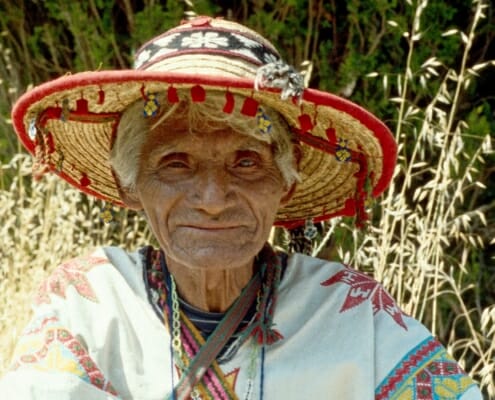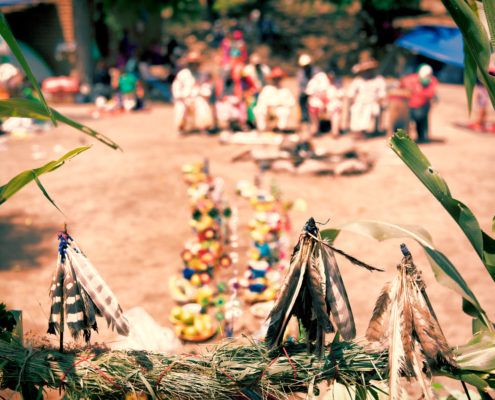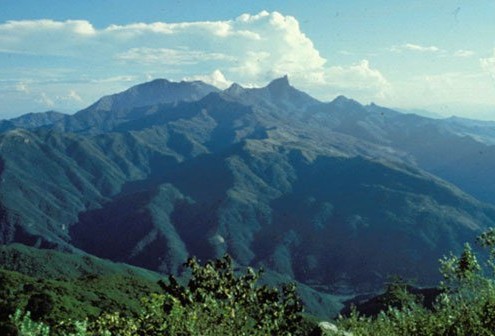Get in Touch
Call: (831) 475-9560
E-mail: info@shamanism.com
Hours: Mon.–Fri., 9am–5pm PDT
Send us your questions. Call about our programs. Schedule a healing. We would love to hear from you.
Upcoming Events
| Virtual | May 7 - 7, 2025 |
|---|---|
| Mont Blanc, Italy | Jun 7 - 15, 2025 | Mt. Shasta, CA | Jul 16 - 20, 2025 |
| Mt. Shasta, CA | Jul 20 - 24, 2025 |



